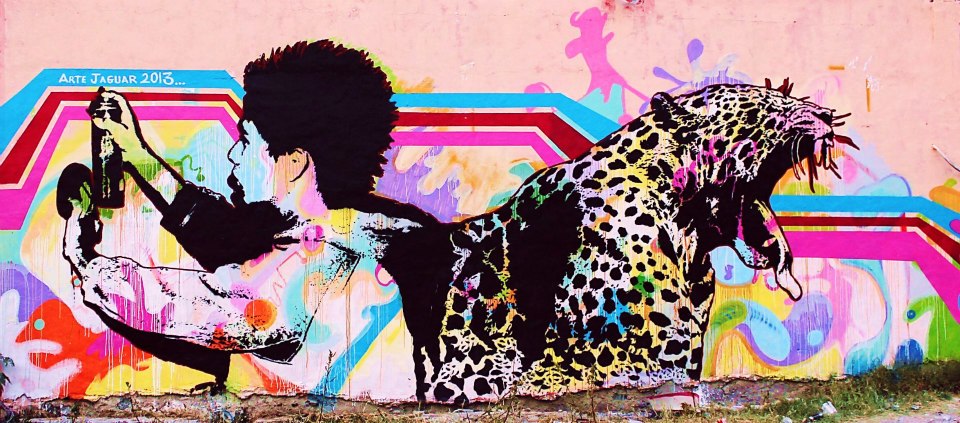- Author: Dr. Maurice (Mauricio) R. Magaña
- Title: Cartographies of Youth Resistance: Hip-Hop, Punk, and Urban Autonomy in Mexico
- Publisher: Routledge
- Paperback: 234 pages
- ISBN: 9780520344624
- https://www.ucpress.edu/book/9780520344624/cartographies-of-youth-resistance (Buy this book, dang it!)
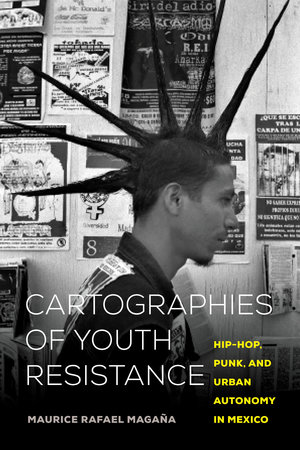
If I had a nickel for every time I’ve heard some type of, “The problem with kids today…” I would be a pretty wealthy guy. It’s funny because this refrain usually does not offer anything new to the conversation. It’s just adapted to a modern context.

To paraphrase Jeff Duncan-Andrade, the way you talk about kids today is the same way your parents talked about you. How they talked about me… We were ‘apathetic.’ We were ‘disengaged’… We just change the way we explain our inability to engage kids.
I do not want to spend too much energy disrupting mythologies about youth apathy because that is precisely what Dr. Maurice (Mauricio) R. Magaña’s brilliant new text Cartographies of Youth Resistance: Hip-Hop, Punk, and Urban Autonomy in Mexico beautifully accomplishes and more. The youth in this book exercise critical engagement, deep community commitments, and free artistic expression while pursing self-determination frequently in the absence of adults.
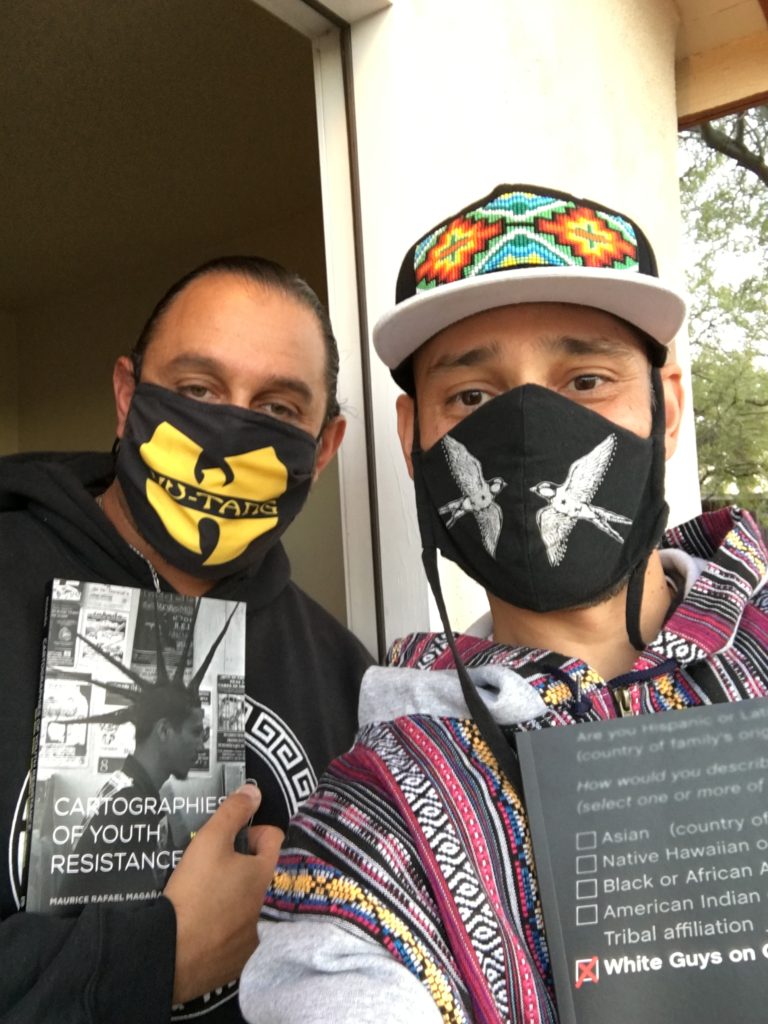
I think I came out ahead in that one!!!;)
Before I jump into the text itself, can we all just agree that that this book has the greatest book covers ever?!?!? I know you don’t judge a book by its cover, but c’mon, it’s pretty badass! I digress…
Moving to the substance of the book, Mauricio ethnographically documents in vivid detail, both the inhumane and violent circumstances imposed upon the people of Oaxaca via neoliberal militarism, but he also shows the drama of youth resistance. By drama, I mean in Greek etymology of the term meaning “act” or “action,” and that is precisely the center of the work. Yes, these youth are systemically oppressed, and they are central actors in the resistance to said oppression.
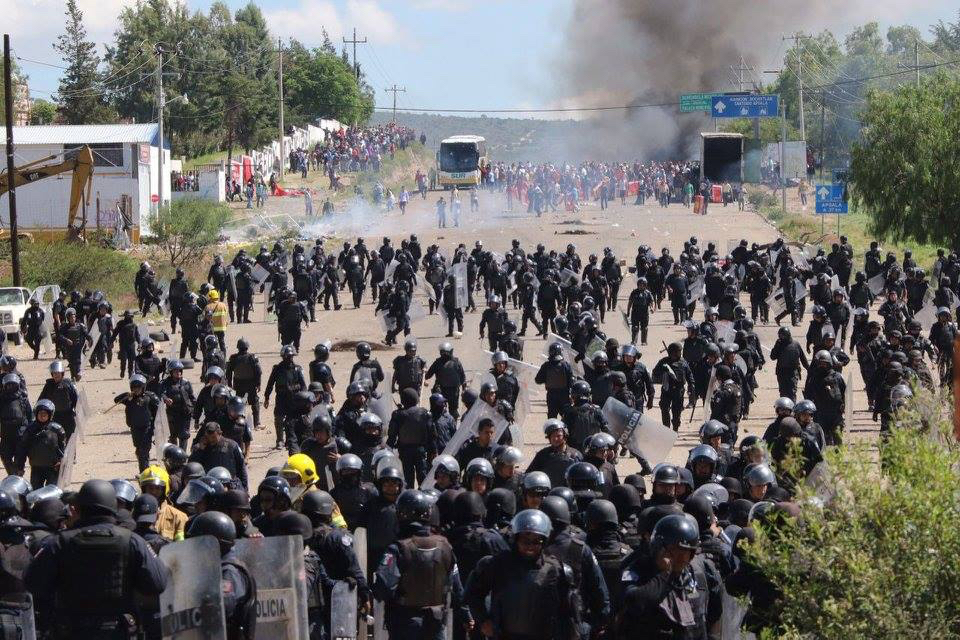
In contrast to the continual dismissal and infantilization Mauricio argues, “The struggle faced by Mexican youth today is how to resist and survive the repressive mechanisms of Mexican statecraft while also navigating attempts at management and censorship through co-optation” (p. 151). One part of this navigation are the tensions that arose between the old vanguard of Oaxacan teacher organizing and the youth culture that he documents in this book. These internal tensions, as well as ones about gender, make the text so layered, offering deep insights into the complexities of social organizing.
While this book is about critical resistance and social movements, it is also about art, expression, and youth creativity. The center of this art was fascinating overlap of punk, hip hop, Indigenous, and youth cultures all melding into what Mauricio refers to as “rebel aesthetics.” This rebel aesthetic involved the creation and maintenance of youth-led artist space, different forms of tagging public walls, and even adding punk iconography to images of Mexican icons Benito Juárez and Ricardo Flores Magon. All of this work, in Mauricio’s insightful analysis, “contain(s) a clear invitation to imagine alternatives to the current spatial and social orders” (p. 126).
Despite the oppressive circumstances, or maybe because of them, the work is a profoundly human text. To paraphrase theorist and educator Paulo Freire, oppression dehumanizes everybody but through critical, collective, anti-oppressive praxis, we rehumanize each other. This is the center of the book – critical resistance and artistic creation under the guise of what Mauricio calls “decolonial anarchism” which both addresses material needs and is a rehumanizing project in the process.
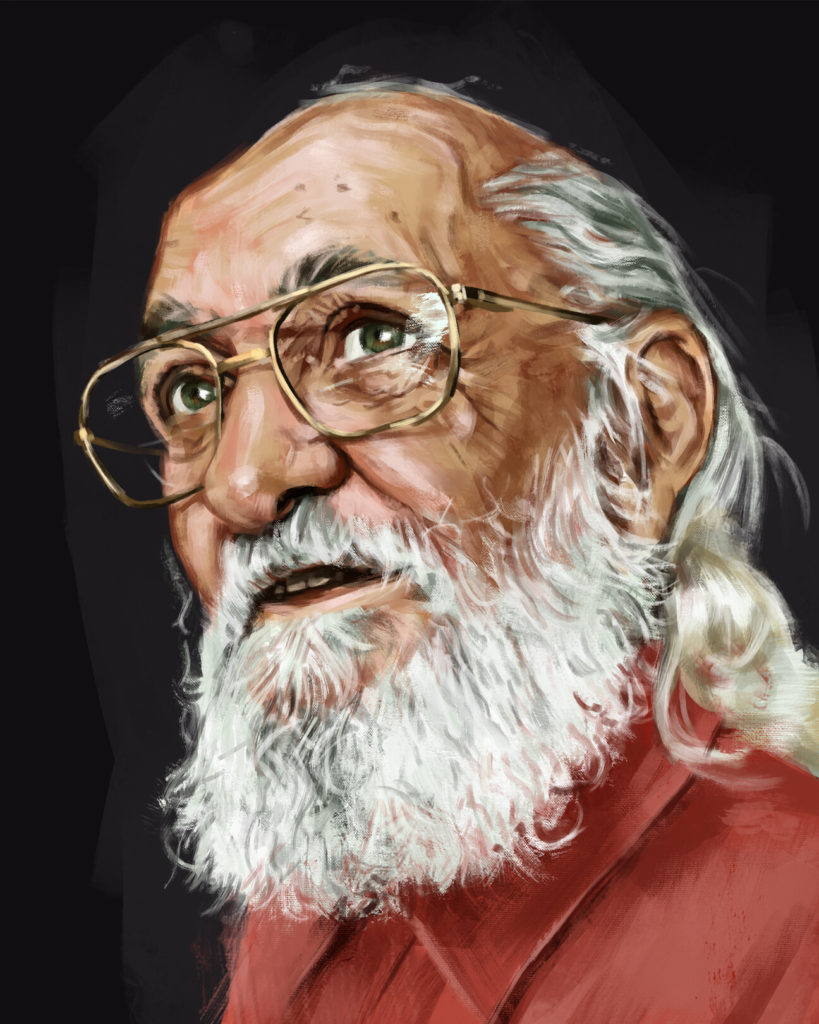
This book is beautiful in its honesty. Mauricio is open with the struggles of the movement and his own struggles to conduct this extremely important and yet very rare type of research. It is a bold book that offers no simple answers. It is complicated, nuanced, theoretically deep, and just a damn interesting read.
Mauricio describes the crux of his book as being about, “Mexican youth as agents of social change, creators of more just social, political, and social relations, and dreams of liberatory and dignified futures” (p. 172). From this perspective, dear reader, I invite you to explore these dreams and imagine along with Mauricio and the Mexican youth in this book about how we can collectively create more liberatory and dignified futures.
Peace,
NC c/s
P.S. I have known Mauricio for years, so using a formal “Dr.” or “Professor” when writing about him is awkward and stilted. Dear reader, remember the politics of Faculty of Color frequently being addressed as “Mr.” instead of “Dr.”, and please do not take this as an invitation to be too familiar. Thanks for your consideration!
P.P.S. If you want to be an academic hype person and write a blog post in this space, hit me up at chicanostocracy@gmail.com. I’m always looking for opportunities to lift up each other, and I am happy to open this space to genuine folks looking to do right by their crew.

